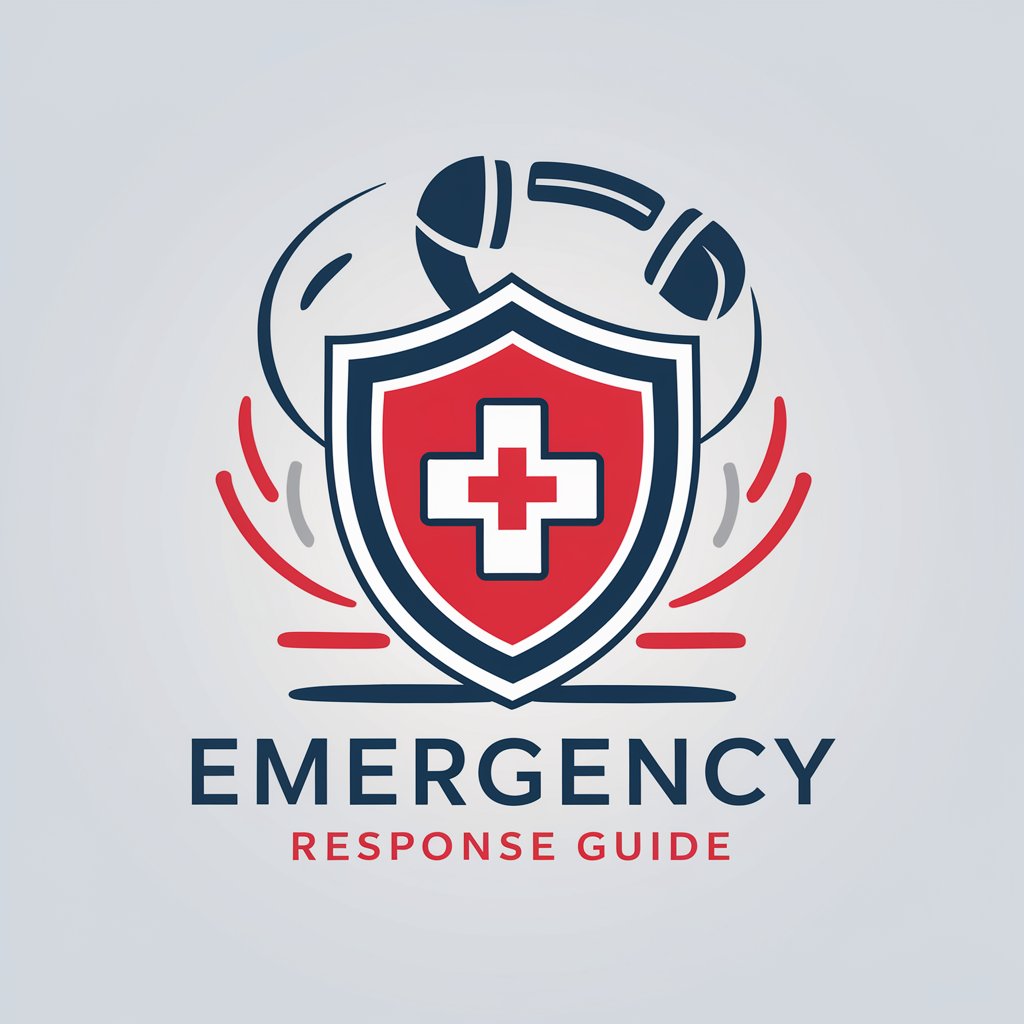Gray's Anatomy - In-Depth Anatomical Guide

Welcome to Gray's Anatomy, your guide to human anatomy.
AI-Powered Anatomy Exploration
Describe the structure and function of the human heart.
Explain the anatomical differences between the male and female pelvis.
What are the main components of the central nervous system?
Detail the muscles involved in shoulder movement.
Get Embed Code
Introduction to Gray's Anatomy
Gray's Anatomy, first published in English in 1858 and in America in 1859, has continually evolved to incorporate advancements in the field of anatomy, particularly in microscopic anatomy and embryology. The text is primarily a descriptive anatomy of the human body, integrating sections on embryology and histology to emphasize the unity of embryology, microscopic anatomy, and gross anatomy. Key updates include expanded content on heart musculature architecture and the ductless glands, alongside many new illustrations. The book has been a valuable resource for students, retaining the B.N.A. nomenclature and adding extensive literature references for each section. Despite updates, much of the original text and illustrations from Henry Gray's first edition are still in use, reflecting the latest anatomical knowledge【7†source】. Powered by ChatGPT-4o。

Main Functions of Gray's Anatomy
Educational Resource
Example
Provides detailed descriptions of human anatomy, useful for medical students.
Scenario
A medical student uses the book to understand the complex structure of the human heart.
Reference for Advanced Anatomy
Example
Contains updated information on specialized topics like embryology and microscopic anatomy.
Scenario
A researcher refers to the book for the latest findings in embryologic development.
Illustrative Guide
Example
Features numerous illustrations, including new additions, for visual understanding of anatomical structures.
Scenario
A lecturer uses illustrations from the book to explain the anatomy of the human brain in a classroom.
Ideal Users of Gray's Anatomy
Medical Students
Students benefit from the comprehensive and detailed descriptions of human anatomy for their studies.
Medical Professionals
Doctors, nurses, and other healthcare professionals use it as a reference for clinical practices and understanding complex anatomical details.
Researchers in Medical Science
Researchers utilize the book for its detailed information on various aspects of anatomy, especially for advanced topics like embryology and microscopic anatomy.
Medical Educators
Lecturers and professors in medical education rely on the book's detailed content and illustrations to teach anatomy.

Using Gray's Anatomy: A Guide
1
Visit yeschat.ai for a free trial without login, also no need for ChatGPT Plus.
2
Identify specific anatomical information you need, such as a particular body system or structure.
3
Ask direct, clear questions to obtain detailed explanations or clarifications on anatomical topics.
4
Utilize the responses for educational, research, or reference purposes in the field of anatomy.
5
Regularly interact with the tool for diverse and in-depth anatomical knowledge enhancement.
Try other advanced and practical GPTs
Eris [beta]
Eris: Powering Your Fantasy Adventures with AI
![Eris [beta]](https://r2.erweima.ai/i/17M23LALRMibIR-Rf9II7A.png)
Bot Advisor
Empowering AI-Driven Bot Solutions

Spartan Sales Coach
Elevate Your Sales Game with AI-Powered Coaching

Emergency Response Guide
Your AI Assistant for Emergencies

AI个人商业化专家
Transforming Ideas into AI-Driven Success

Chuck Norris Jokes
Unleash Laughter with AI-Powered Chuck Norris Jokes

Sydney
Empowering your journey with AI intelligence.

Crypto Market Maven
Navigate Crypto Markets with AI-Driven Insights

Study Buddy
Empower Learning with AI Insight

Virtual Fitness Coach
Your AI-Powered Personal Fitness Coach

Home Style Advisor
Revolutionizing Home Decor with AI-Powered Guidance

Style Guru
Empowering Your Style with AI

Frequently Asked Questions about Gray's Anatomy
Can Gray's Anatomy help with detailed muscle anatomy?
Yes, I can provide comprehensive information on muscle anatomy, including origin, insertion, action, and innervation details.
Is this tool suitable for medical students?
Absolutely, medical students can leverage this tool for detailed anatomical studies, clarifying complex concepts and preparing for exams.
How accurate is the information provided?
The information is sourced from the classic 'Gray's Anatomy' textbook, ensuring high accuracy and reliability.
Can I use this tool for professional medical advice?
While informative, this tool should not be used for professional medical advice, diagnosis, or treatment.
Does this tool cover the latest anatomical research?
My responses are based on the contents of 'Gray's Anatomy,' and may not include the latest research developments in the field of anatomy.
